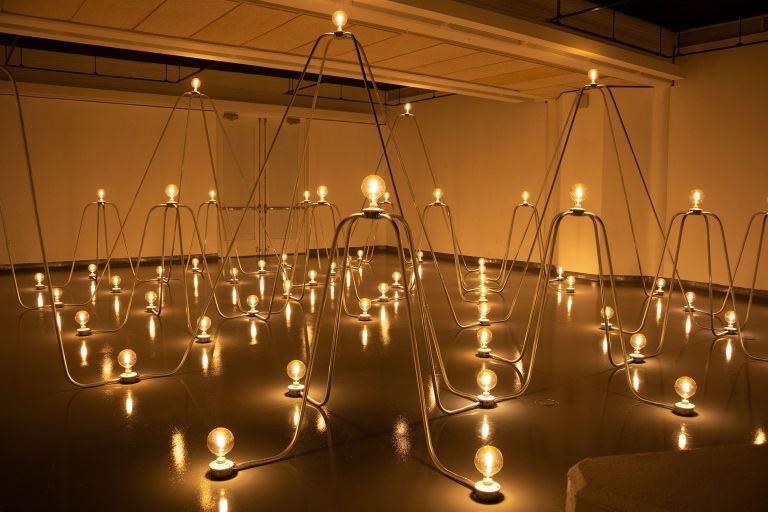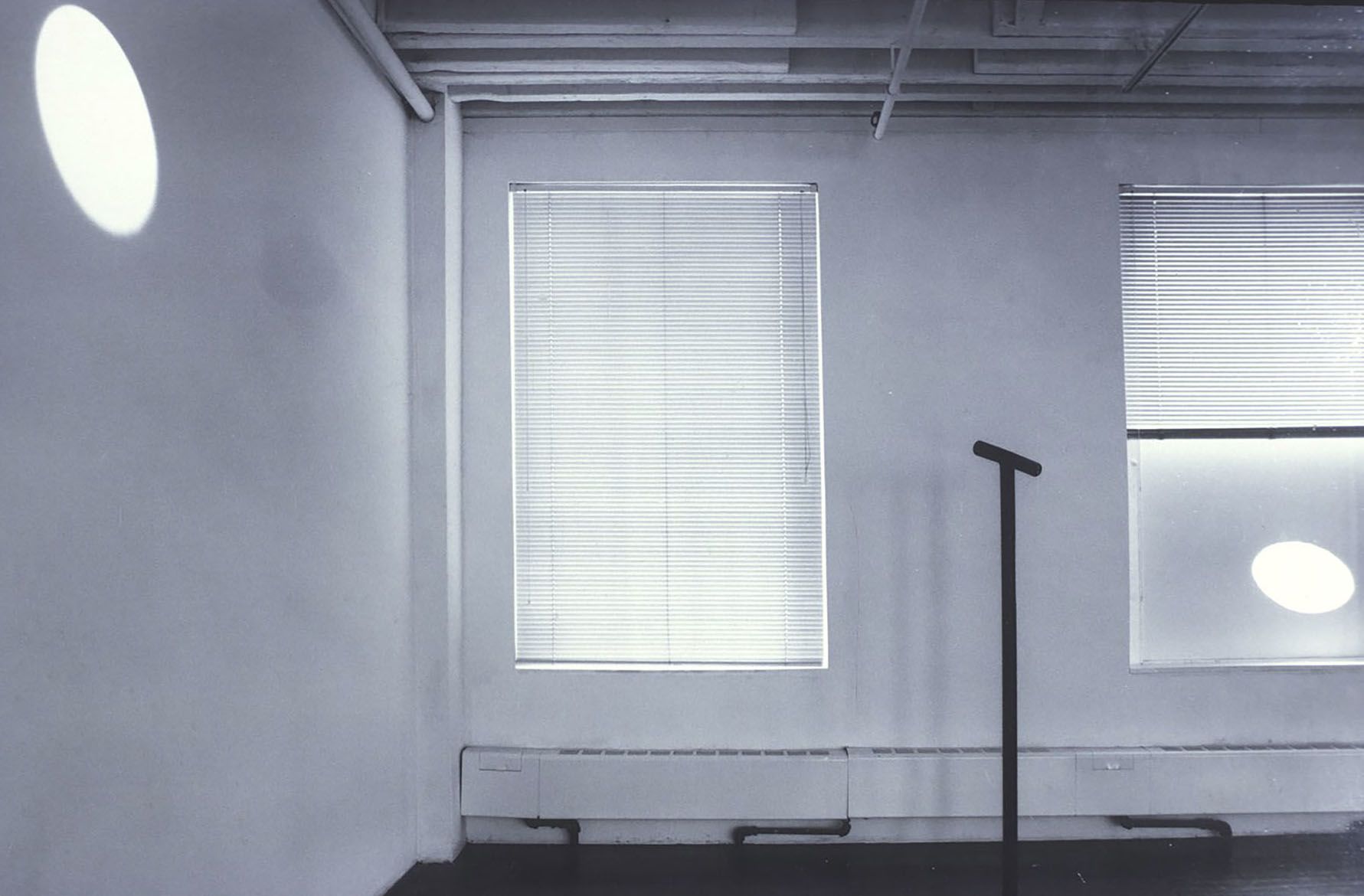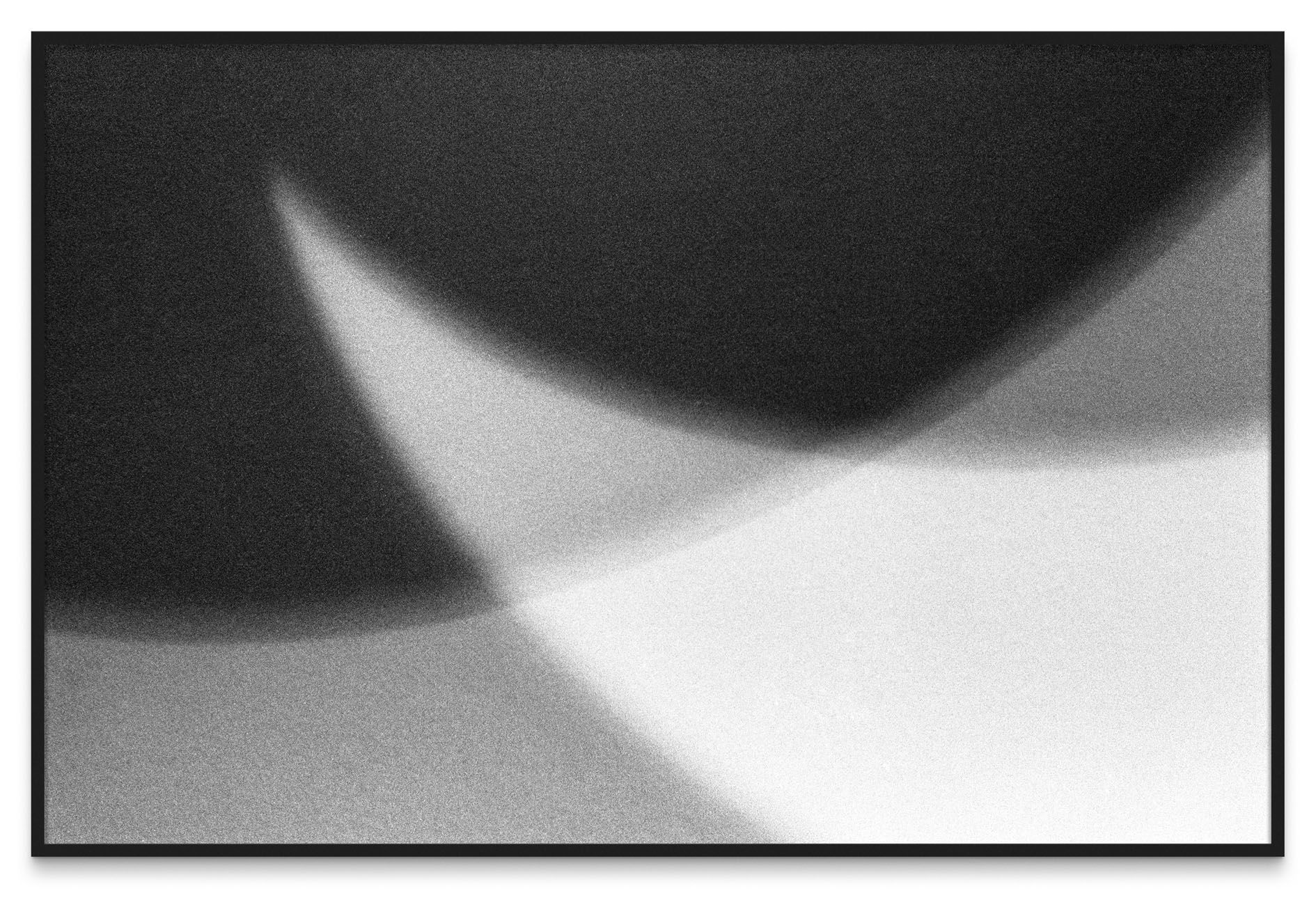“I wanted to examine the human perception of time and space, earth and sky.” –Nancy Holt

Nancy Holt
Electrical System, 1982
3/4 in. steel conduit, lighting and electrical fixtures, light bulbs, electrical wire
Dimensions variable


















































































